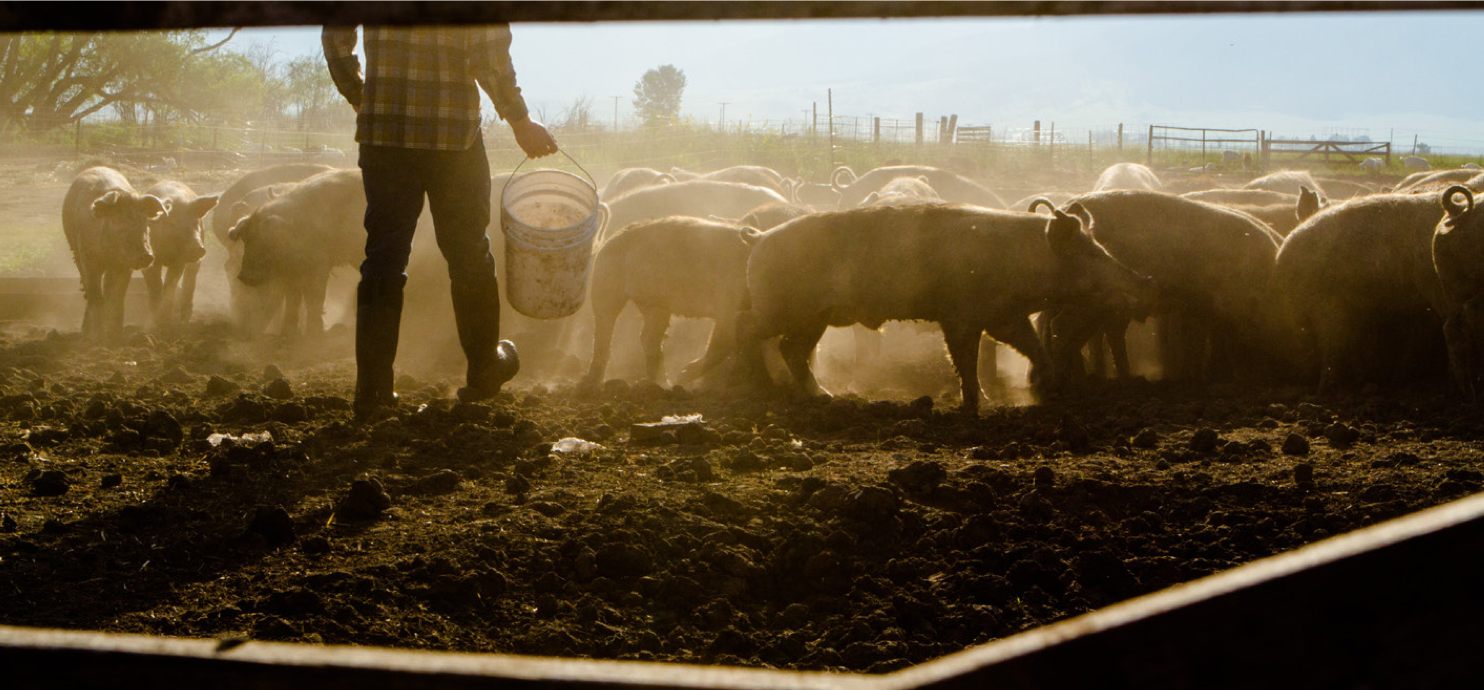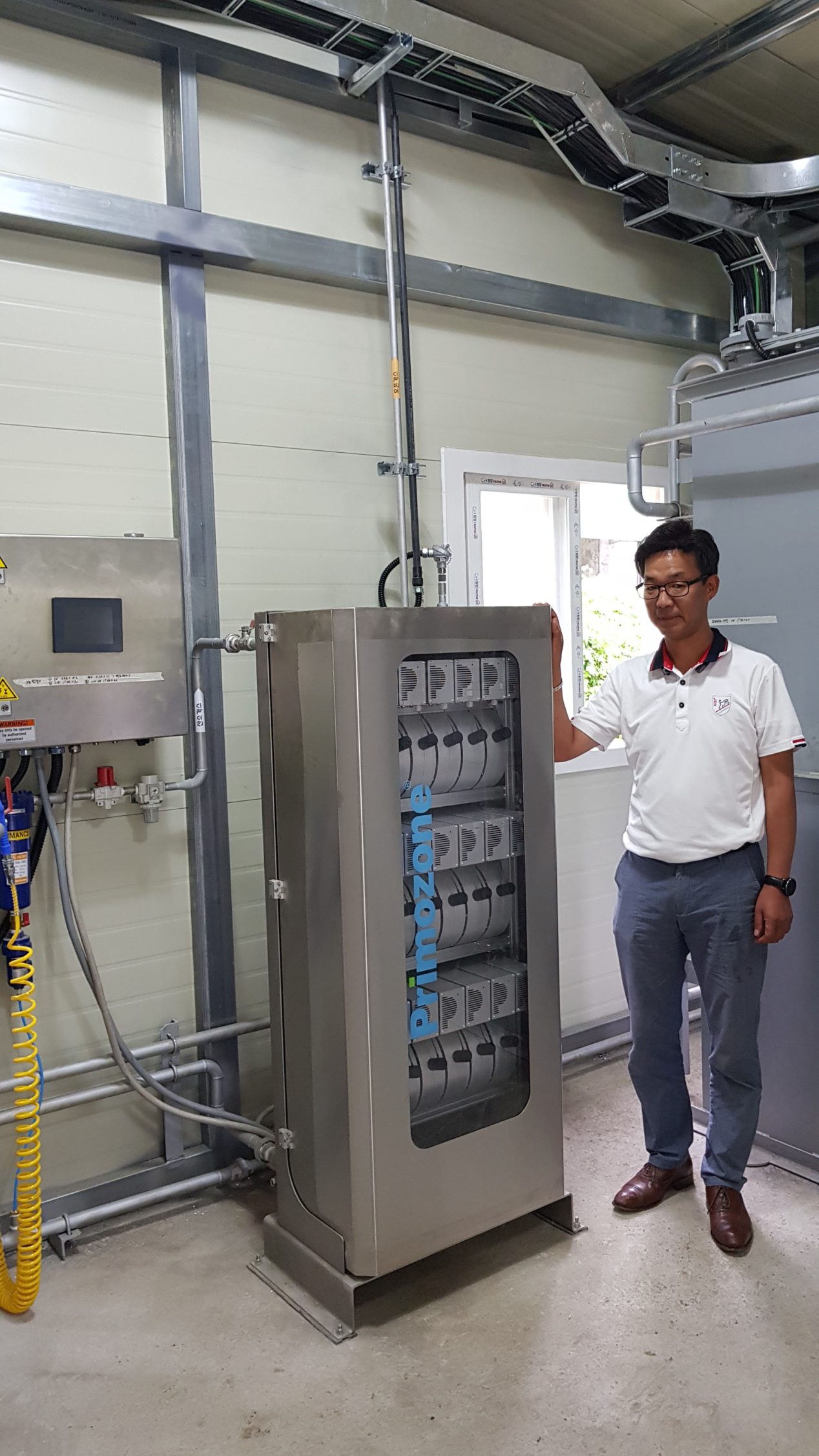Livestock Wastewater Treatment at Bok Pig Farm

Livestock farming plays a crucial role in economic development across many countries. In Asia, livestock contributes significantly to agricultural growth by providing manure, fuel, and fertilizers, supporting rural livelihoods, food security, and local economies. However, livestock farming also comes with environmental challenges, particularly the harmful impact of untreated wastewater discharge on water bodies, soil quality, surrounding ecosystems, and overall biodiversity.
Characteristics of Livestock Wastewater
Livestock wastewater contains high levels of color, COD, BOD, nitrogen, and suspended solids. On a typical farm, large volumes of wastewater are produced daily. When discharged untreated, this water can severely pollute ground and surface water, threatening aquatic life, soil fertility, surrounding habitats, and the overall health of the local environment. To comply with environmental regulations and reduce ecological impact, farmers employ various technological solutions for wastewater treatment, including chemical, physical, and biological processes, tailored to the specific composition of the wastewater and the farm’s operational needs.
Objective
Reduce livestock wastewater COD from 400 mg/l to below 30 mg/l using chemical-free, efficient treatment methods, ensuring environmentally safe discharge and sustainable farm operations.
Primozone solution
GM18 ozone generator
PAOR recirculation system
PSA system
The Bok Pig Farm
Located near Cheongyang in South Korea, the Bok Pig Farm faced significant wastewater challenges. The farm recently invested in a modern, chemical-free wastewater treatment plant. Hosting up to 5,000 pigs, the farm adheres to a zero-antibiotics policy. Pigs are fed only natural ingredients, primarily corn, and monitored daily for health and growth.
Pigs enter the farm at approximately 30 kg and reach market weight of around 100 kg in three months. During this period, they produce about 20 m³ of wastewater per day, with a COD of roughly 400 mg/l. South Korea’s Ministry of Environment allows a maximum discharge of 50 mg/l, but Bok Pig Farm aims to reduce COD to below 30 mg/l before discharge.
Ozone in Livestock Wastewater Treatment
The farm’s wastewater treatment process begins with conventional steps, but includes advanced membrane filtration to avoid chemicals. Reverse osmosis is applied to remove nitrogen.
PAOR’s Ozone Step Design
Primozone partner PAOR designed the ozone treatment step, already successfully applied to multiple livestock farms in South Korea. The ozone step features a re-circulating tank where high-concentration ozone is precisely dosed. This enables efficient dissolution of ozone in water, reducing COD levels to below 30 mg/l.
Results
Large economic impact
Proven success in removing marine organisms
On-site production
No chemicals needed
Environmentally friendly
paor
“Livestock applications present harsh environments for equipment. The Primozone ozone generator provided immediate benefits. Its cooling system eliminates the need for cabinet ventilation, which caused failures in traditional units. The compact design simplifies installation, and minimal maintenance means no extra space is needed for servicing.”
—Mr. T Pak

